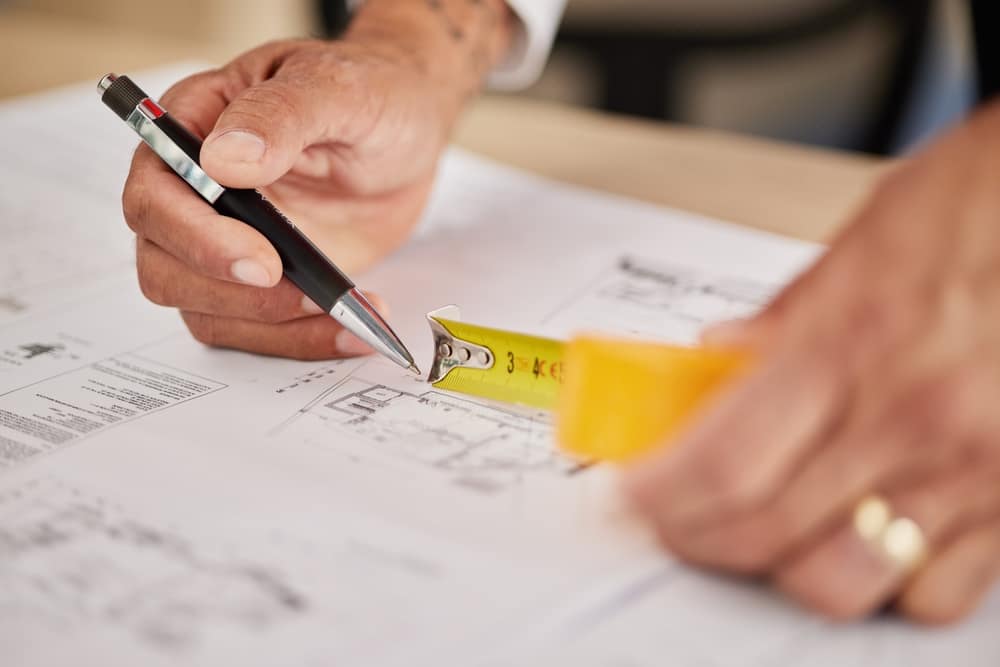How To Measure Property Lines For Fence Installation
POSTED October 17, 2023

A Guide to Measuring Property Lines for Fence Installation
When it comes to installing a fence around your property in the greater Central Florida area, you want to make sure it’s done accurately and professionally. It provides privacy security and enhances your property’s appeal. But before you start the installation process, it’s crucial to measure your property lines correctly to avoid disputes with neighbors and ensure compliance with local regulations. In this guide, we’ll walk you through the steps while also highlighting how Complete Custom Fence can assist you with custom fence sales and installation in Central Florida.
Step 1: Check Property Records
Start your fence project by obtaining a copy of your property survey or plat map. These documents, often available at your local property records office or online, provide an official depiction of your property’s boundaries. Your property survey will include measurements, landmarks, and property lines, which serve as a reliable reference for your fence installation. If you need assistance in interpreting these records or understanding your property boundaries, don’t hesitate to contact Complete Custom Fence for expert guidance.
Step 2: Locate Property Corner Markers
Visit your property to locate and verify the existence of corner markers or boundary monuments. These markers, often placed by professional surveyors, serve as crucial reference points for accurate measurements. If you’re uncertain about identifying these markers, consider reaching out to Complete Custom Fence for assistance in locating and assessing your property’s boundary markers.
Step 3: Use Measuring Tools
For precise measurements, you’ll need essential measuring tools:
- Tape Measure: A long tape measure is essential for measuring distances accurately.
- String and Stakes: Use string and stakes to create a straight line between property corners. This will help ensure your fence follows the property line accurately.
- Level: A level helps ensure that your fence is installed straight and level. If you’re unsure about using these tools, the professionals at Complete Custom Fence can assist you during the measurement process.
Step 4: Measure Carefully
When measuring, be sure to follow these guidelines:
- Measure from the property corner markers or boundary lines, not from existing structures or fences.
- Double-check your measurements to avoid errors.
- Consider adding a buffer zone between your fence and the property line to account for any discrepancies or changes in the survey over time. Check local regulations, as they may dictate how close you can install a fence to the property line.
- Measure along the entire perimeter of your property to ensure you have a complete understanding of the boundaries.
- If you’re concerned about making accurate measurements, don’t hesitate to reach out to Complete Custom Fence. Their professionals can help you ensure your fence aligns perfectly with your property boundaries.
Step 5: Communicate with Neighbors
Before installing your fence, it’s courteous to discuss your plans with your neighbors. Sharing your intentions and discussing any concerns they might have can help prevent disputes and foster good neighborly relations. Complete Custom Fence can assist in this process by providing information about fence options that consider your neighbors’ preferences.
Step 6: Check Local Regulations
Local zoning ordinances and homeowners’ association rules may dictate fence height, materials, and setback requirements. Be sure to research and adhere to these regulations to avoid potential legal issues. If you’re unsure about local regulations, the team at Complete Custom Fence is well-versed in Central Florida’s fencing guidelines and can ensure your project complies with them.
Step 7: Hire a Professional
If you’re uncertain about measuring your property lines or if your property has complex boundaries, consider hiring a professional surveyor. They can provide accurate measurements and ensure your fence installation complies with all legal requirements. Complete Custom Fence can recommend trusted surveyors in Central Florida to assist you.
Step 8: Obtain Necessary Permits
Depending on your location and the type of fence you plan to install, you may need permits from your local government. Check with your local permitting office to ensure you meet all requirements. Complete Custom Fence can assist you in understanding the permitting process and guide you through it.
By following these steps and conducting careful measurements, you can confidently install a fence that not only enhances your property but also respects your neighbors and local regulations. Remember that precision and communication are key when measuring property lines for fence installation. If you’re ready to start your fence project in the greater Central Florida area, reach out to Complete Custom Fence for expert guidance, custom fence options, and professional installation services.










